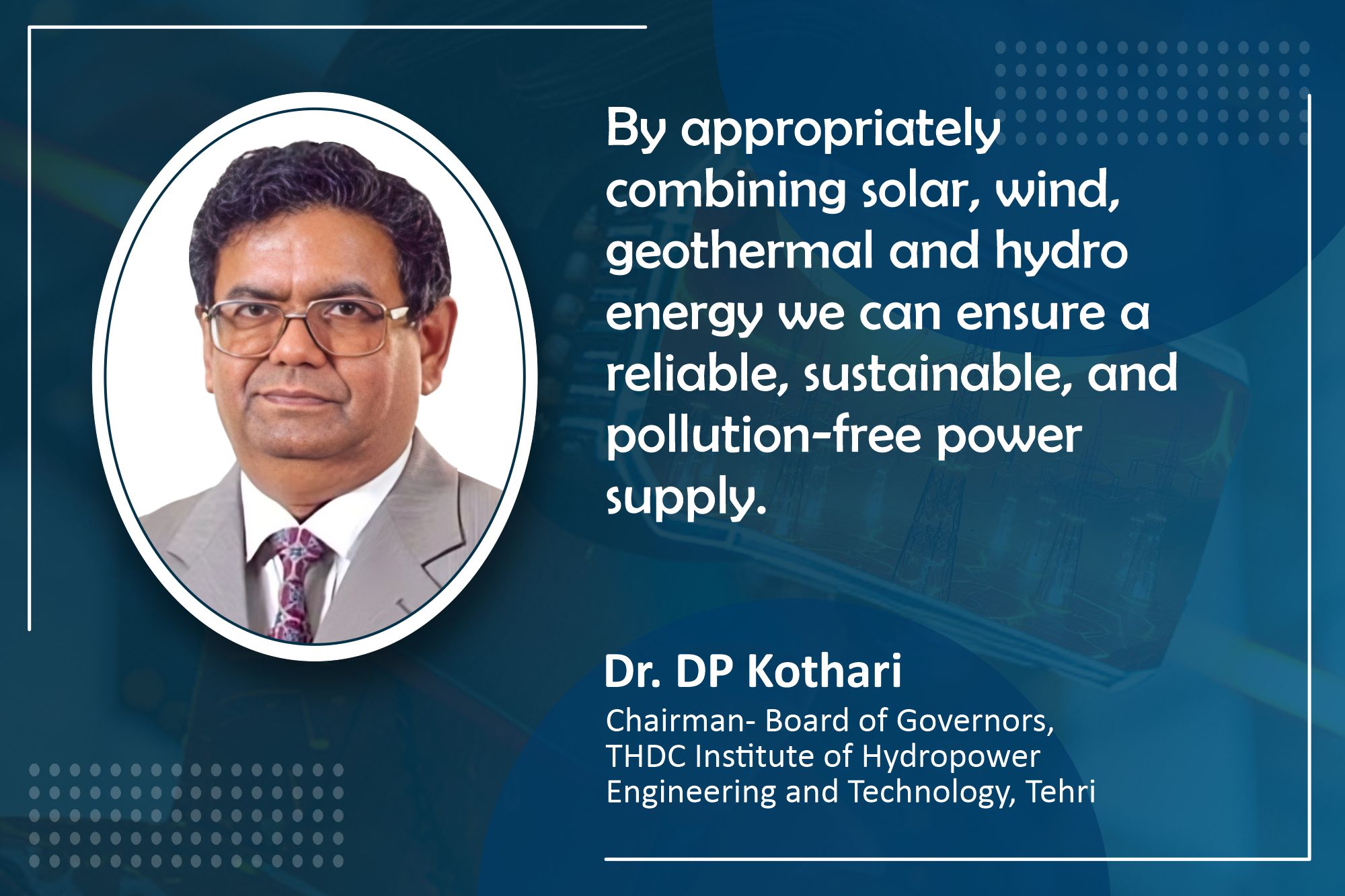Privatisation and the future of power distribution in India
By EPR Magazine Editorial March 4, 2025 2:08 pm IST
By EPR Magazine Editorial March 4, 2025 2:08 pm IST

Historically, electricity boards managed power generation, transmission and distribution, but reforms divided them into separate entities: Gencos, Transcos and Discoms. Privatisation has its advantages and disadvantages, but the positives outweigh the negatives.
The history of electric power in India is noteworthy. In 1947, the country’s total power capacity was merely 1,360 MW. The leadership at that time prioritised power generation. The Bhakra Nangal project, commissioned in 1957, was a milestone followed later by NTPC and other organisations. In the private sector, notable companies of the time included Ahmedabad Electricity Company and Calcutta Electric Supply Corporation. Today, India has numerous private power firms such as Reliance, Adani, Tata Power and Hindalco’s Renukoot Powerhouse.
In Delhi, power distribution evolved from DESU to DVB, and now it is privatised under companies like BSES and Tata Power Delhi. Rural electrification remains a priority, with the government claiming that 85 percent of villages are electrified, though the figure may be closer to 75 percent. Full electrification of villages is crucial, as access to electricity facilitates education, healthcare, and industry. Villages offer a cleaner, less polluted environment, making them viable alternatives to overcrowded cities. To encourage this migration, electricity and infrastructure must be improved.
Renewable energy is the key to future power sustainability. Solar, wind, geothermal and small hydro projects must be widely adopted. Solar energy available throughout the year in most of India can be harnessed through solar ponds, pumps and lanterns. Providing farmers with solar water pumps instead of loans could significantly improve agricultural productivity and reduce financial distress. Affordable solar cars similar to the Nano could revolutionise transportation. Israel leads in solar pond technology, while India aims to generate 1,600 GW of solar power by 2050.
Wind energy, which began in Italy, is now prevalent in Germany, the USA, and India, where Tamil Nadu has a research station. Pune manufactures both horizontal and vertical wind turbines. IIT Delhi, for instance, has excellent facilities for solar and wind energy research, and professionals should consider part-time studies to enhance their practical knowledge. Losses in power systems can be minimised using Variable Structure Control (VSC) and Flexible AC Transmission Systems (FACTS).
Geothermal energy, pioneered in Italy in 1994, is another viable source. India has ten geothermal stations, and every village could ideally have a combination of geothermal, solar, wind, and small hydro installations. Policymakers are urged to promote geothermal projects as they offer pollution-free and efficient energy generation.Small hydropower, categorised into pico, nano, micro, mini, and small hydro, is particularly beneficial for hilly regions such as Himachal Pradesh, Uttarakhand, Jammu and Kashmir. Even flatland areas with a sufficient water head can develop hydro projects. Waste-to-energy generation is another promising field; Timarpur in Delhi has a waste-based power plant. Colleges and institutions can implement similar projects by utilising old records and waste paper for energy production.
The future of power lies in optimising renewable energy sources. By combining solar, wind, geothermal and hydro energy appropriately, we can ensure a reliable, sustainable and pollution-free power supply. A cluster of villages can share a common generation, transmission and distribution system to maximise efficiency. Privatisation combined with renewable energy adoption will drive India’s power sector towards sustainability and efficiency.
We use cookies to personalize your experience. By continuing to visit this website you agree to our Terms & Conditions, Privacy Policy and Cookie Policy.